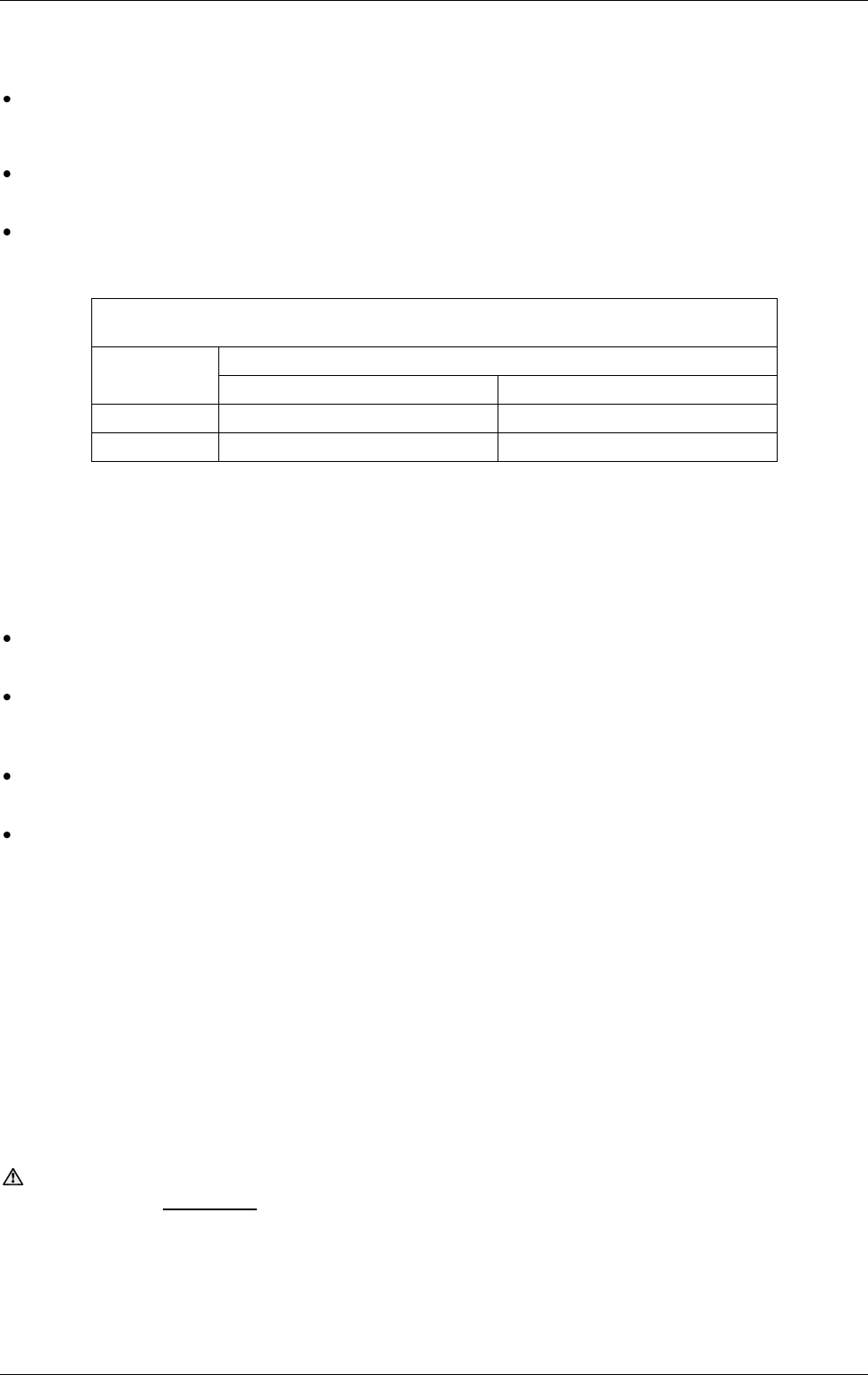Specifications
Table Of Contents
- Contents
- About Your Water Heater
- Water Heater Application
- Model Type
- Mains Pressure
- Solar Operation
- How Hot Should The Water Be?
- Hotter Water Increases The Risk Of Scald Injury
- Warning
- Safety
- Precautions
- Pipe Work And Insulation
- Freeze Protection
- Solar Monitor
- Bleeding The Solar Collector(S)
- To Turn Off The Water Heater
- To Turn On The Water Heater
- Going On Holidays
- How Do I Know If The Water Heater Is Installed Correctly?
- Victorian Customers
- Does The Water Chemistry Affect The Water Heater?
- How Long Will The Water Heater Last?
- Regular Care
- Water Supplies
- Save A Service Call
- Not Enough Hot Water (Or No Hot Water)
- Temperature Pressure Relief Valve Running
- Expansion Control Valve Running
- In-Series Water Heater Operating Too Frequently
- Collector Glass
- Noise From The Solar Collectors
- Green LED Is Not Illuminated On Solar Monitor
- Red LED Illuminated on Solar Monitor
- Circulator Operates at Night
- Higher Than Expected Gas Bills
- Installation – System
- Installation – Solar Storage Tank
- Solar Water Heater Storage Tank Location
- Safe Tray
- Mains Water Supply
- Tank Water Supply
- Wall Bracket
- Hot Water Delivery
- Circulated Hot Water Flow And Return System
- Reducing Heat Losses
- Anode
- Saddling - Pipe Work
- Anti-Freeze Heating Unit
- Backing Plate
- Dimensions And Technical Data
- Typical Installation (Remote Boost) – Outdoor Location
- Typical Installation (Remote Boost) – Indoor Location
- Typical Installation (Integrated Boost) – Outdoor Location
- Installation – Solar Control Unit
- Installation – Solar Collector(s)
- Connections – Plumbing
- Connections – Electrical
- Commissioning
- Draining The Solar Collector(s)
- Draining The Water Heater
- Vulcan Solar Water Heater Warranty – Australia Only –
- 1. The Vulcan Warranty – General
- 2. Terms Of The Vulcan Warranty And Exclusions To It
- 3. What Is Covered By The Vulcan Warranty For The Water Heaters Detailed In This Document
- 4. Entitlement To Make A Claim Under This Warranty
- 5. How To Make A Claim Under This Warranty
- 6. The Australian Consumer Law

INSTALLATION – SOLAR COLLECTOR(S)
39
PIPE LENGTHS
The solar hot and solar cold pipes between the solar storage tank and the solar collectors shall:
be of bendable grade or hard drawn copper tube.
Annealed or soft copper shall not to be used.
have a continuous fall from the solar collectors to the solar storage tank. Horizontal runs of pipe work
are acceptable and may be installed.
not exceed the maximum recommended combined lengths as specified in the table.
Maximum recommended total combined pipe length (solar cold + solar hot)
and number of 90° bends
Pipe Size
1 or 2 Collector(s)
Pipe Length
90° Bends
DN15
40 metres
20
DN20
NR
NR
For each additional 90° bend, reduce the maximum total pipe length by 0.5 metres.
For each additional metre of pipe length, reduce the number of 90° bends by two.
Note: One 90° elbow is equal to two 90° bends.
NR – not recommended.
Notes:
It is important to connect the solar cold and solar hot pipes to the correct connections at the solar
collector and at the solar storage tank.
The solar cold pipe connects to the bottom of the solar collector and may connect to either the left or
right hand side. The solar hot pipe must connect to the top of the solar collector diagonally opposite to
the solar cold pipe connection.
The hot sensor connection is at the top of the solar collector, directly above the solar cold water inlet
connection. The solar hot outlet and hot sensor connection is to be the highest point of the system.
Refer to “Warning: Plumber – Be Aware” on page 40.
It is essential for these requirements to be followed for the system to operate correctly and efficiently. Solar
pipe work which is oversized, or is too long, or does not have a continuous fall can result in a reduction in
performance or the system not operating effectively.
Pressure Testing
The solar water heater, including the collector circuit and solar collector(s), is to be isolated during the testing
and commissioning of the heated water reticulation system in a building, in accordance with Clause 11.1
and 11.3 (a) of AS/NZS 3500.4.
It may be necessary to pressure test the collector circuit to comply with codes and regulatory authority
requirements or on other occasions where the solar collector(s) and solar cold and solar hot pipe work are
installed prior to the solar storage tank, such as on a building site.
Direct Open Collector Circuit
Warning: The pressure applied to the solar circuit and solar collector(s) during a pressure test of a direct
open circuit system MUST NOT exceed 1000 kPa where a TBT260 or HBT200 solar collectors are installed,
otherwise damage may result to the solar collector(s).
Direct Open System
If the solar collector(s), solar pipe work and solar storage tank are installed and commissioned together, then
the flooding of the collector circuit with water under mains pressure and checking for leaks during the
commissioning procedure can be substituted for the pressure testing of the collector circuit.










